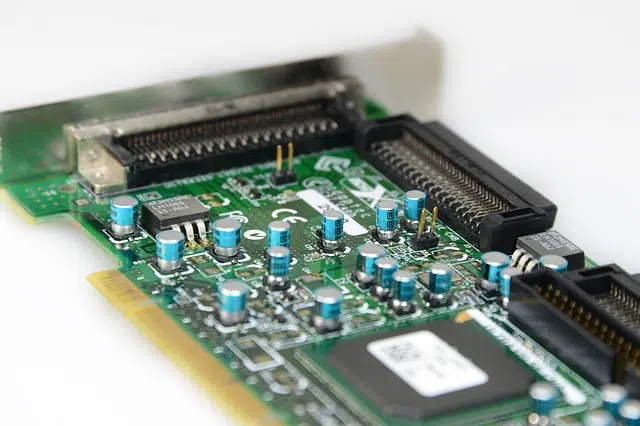
A network card makes it possible for a computer to share resources.
A network card (also called a network card or Network Interface Card (NIC) ) is a type of card intended to be inserted into the motherboard of a computer or plugged into one of its ports to enable the machine to connect. to a network and can share its resources (such as documents, an Internet connection, or a printer, for example).
What does a network card do?
We can determine that any type of network card meets eight basic functions, which are as follows:
* Transmission and reception, or what is the same, sending and receiving data.
* Accesses the connector, which in turn is what allows access to the network cable.
* Performs serial to parallel conversion.
* Performs the procedure known as buffering. This term defines the information storage task performed by said network card so that data can then be transmitted and transferred using the corresponding cables or wireless systems.
* Listening request that is undertaken with the network in order to then proceed to the aforementioned transmission of the information.
* Encodes and decodes the cable signals into others that are understandable.
* Groups the entire set of stored data in such a way that, when the time comes, it can be transported in an understandable and simple way.
* Communication with the corresponding memory or hard drive of the computer.

There are different types of network cards.
Speed and standard
The speed with which information is transmitted varies depending on the type of network card. The newest cards support a speed of 1000 Mbps / 10000 Mbps . At higher speeds, more data can be transmitted in less time.
The Institute of Electronic and Electrical Engineers (IEEE) is responsible for managing the unique 48-bit identification number that identifies each network card. This hexadecimal code is called the MAC address .
Ethernet , the name given to a local area computer network standard that can access the environment through CSMA/CD contention, has been taken as the basis for the writing of the international standard IEEE 802.3 .
Network cards, for example, allow two computers in an office to share the same Internet connection or for the users of said computers to work with documents stored on the hard drive of either computer.
Network card types
To conclude, therefore, we can establish that there are basically three important types of network cards. First of all, there are wireless ones that are currently the most popular given their flexibility, efficiency and productivity. Secondly, there are Ethernet cards, which are the most used type at this time due to the security they offer. And finally, we find fiber optic cards that are defined by their speed in data transmission.
It is interesting to highlight the existence of wireless network cards that fulfill the same function but without the need to use cables, since they use radio waves to transmit information.
The most common network cable, on the other hand, is the one known as Ethernet with RJ45 connector.
